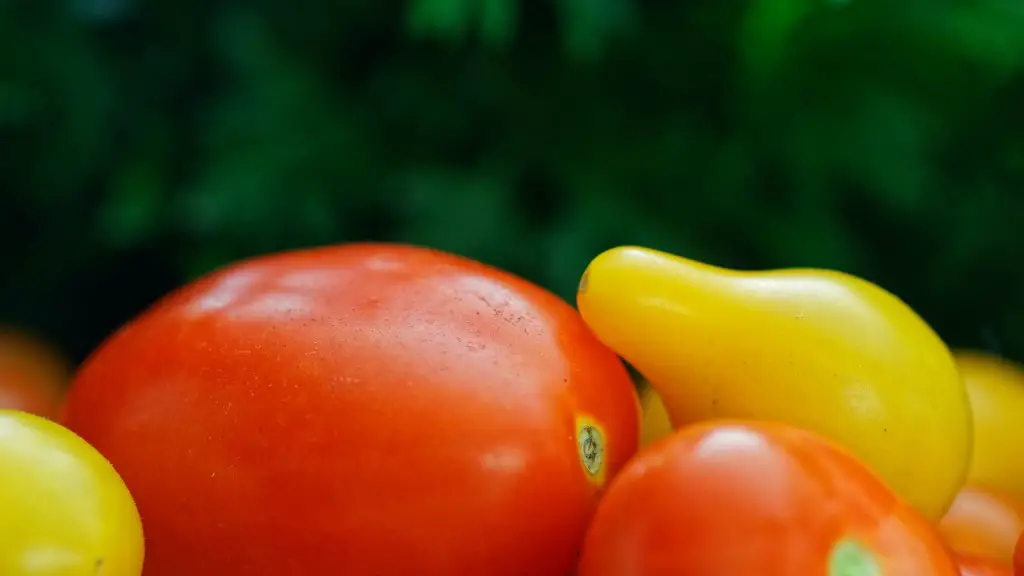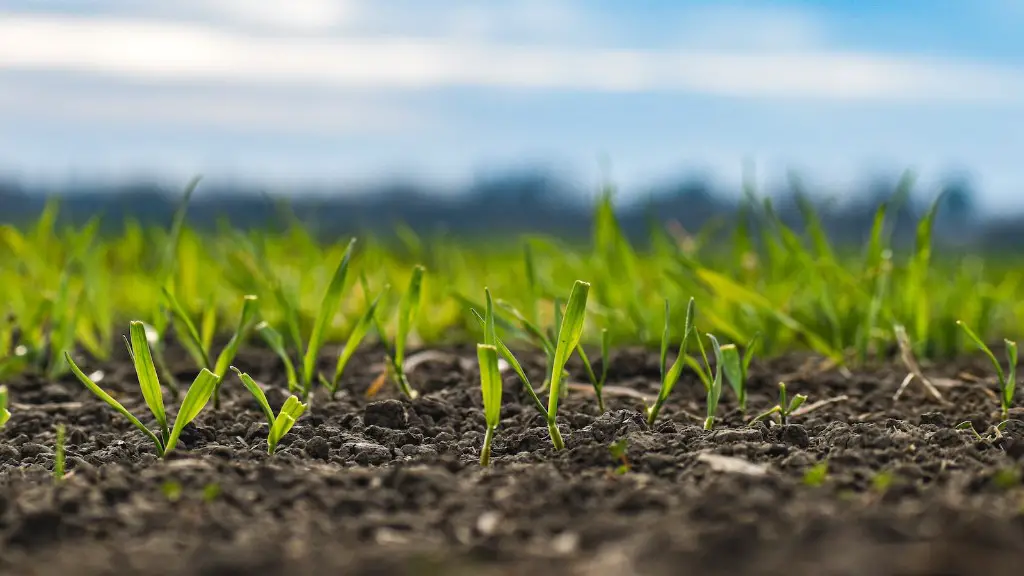Extensive agriculture primarily relies on the use of locally adapted crops, animals, and technologies, with relatively low inputs. This type of production is well-suited to conditions of marginal availability of resources that are found in areas of high elevation, steep slopes, poor soils, sparsity of precipitation, or other challenging environments. Although extensive agriculture may be less productive in terms of yields than other types of land use, its ability to remain economically viable when practiced in areas of marginal resources makes it a valuable form of land use.
In areas where extensive agriculture is practiced, inputs like irrigation and fertilizer are mostly unavailable or only available in a limited capacity. As such, farmers are often limited to exploiting the naturally available resources of the plot of land they are working on. This can limit the potential of the land to produce higher value crops, and often leads to the farming of crops that have been traditionally grown in the area. Furthermore, extensive agriculture is mostly practiced in areas where the legal framework is not in place to guarantee secure land tenure to those who are practicing this type of land use. This significantly reduces the incentive to invest in new, potentially more productive technologies, and generally keeps yields lower than those found in other types of agricultural production.
Under extensive agriculture, labor is often provided by family members and increasingly by landless laborers, as well as by machines. Animal power is also used, often in the form of oxen, and manual labor is still frequently required. The main difference between extensive agriculture and other types of land use is that it does not require access to external inputs from large-scale agriculture, such as large-scale mechanization. As such, it allows for subsistence production and for the use of traditional practices, technologies and local resources, making it well-suited to the small-scale, subsistence farmers who practice it.
Given its ability to remain economically viable with minimal external inputs in areas where other types of land use may fail, extensive agriculture serves an important role in Human Geography. Through its ability to ensure subsistence and often food security, it is a valuable tool that can assist in peri-urban areas, as well as in rural parts of developing countries that have poor access to external inputs and other resources.
Effects of Extensive Agriculture in Human Geography
The effects of extensive agriculture in Human Geography are numerous and extend beyond providing subsistence and food security. By minimizing dependency on external resources, it increases local autonomy and fosters stronger ties between the people and their environment. It also encourages traditional practices, which in turn helps to conserve the genetic diversity and richness of local flora and fauna. Moreover, it contributes to the resilience of local communities by promoting their ability to cope with change and providing ways to adjust to climate changes and other external shocks.
Extensive agriculture has several effects in terms of economic development. It is a valuable form of land use in rural parts of developing countries, as it provides self-sufficiency and can act as a buffer against the costs of urbanization. Additionally, it can serve as an important source of employment in marginal environments and allow individuals to pursue economic activities instead of migrating to cities in search of employment.
Nevertheless, extensive agriculture is not without its drawbacks. It is a labor intensive form of production that often involves the exploitation of family labor, which can lead to a significant burden on the people that practice this type of land use. Moreover, it usually involves low yields and does not necessarily guarantee sufficient income for those involved, which can create poverty traps in some cases. Finally, since extensive agriculture relies primarily on traditional practices, it may lack the flexibility needed to respond to fast-changing climatic conditions and/or sudden changes in the environment.
Economic Implications of Extensive Agriculture
The economic implications of extensive agriculture are far-reaching and can have both positive and negative impacts. For the farmers and laborers involved, it can provide a way to generate income in areas with few external resource inputs. In this respect, it contributes to the creation of local economic activities, and serves as a source of employment for individuals with limited options. Furthermore, as long as yields are sufficient, it can ensure sustained levels of self-sufficiency.
On the other hand, the lack of external inputs can limit the economic potential of extensive agriculture. Without access to inputs like irrigation and fertilizer, yields are often lower than they could be with the use of such inputs. Similarly, the lack of access to external markets can further limit the incomes of those who practice it. Such effects, in turn, can lead to poverty traps, as individuals are often unable to break out of the subsistence cycle due to the lack of resources to invest in new technologies and improved practices.
Environmental Impacts of Extensive Agriculture
The environmental impacts of extensive agriculture are largely positive. As it does not require an extensive use of external inputs and has the ability to remain viable in marginal environments, it helps to limit human impact on the environment and helps to conserve valuable resources. Moreover, as it usually involves the cultivation of native crops, it tends to favor the conservation of biodiversity, allowing for the preservation of traditional varieties of crops and the exploitation of native species.
Furthermore, extensive agriculture often involves the use of traditional practices, which can limit soil erosion and contribute to the preservation of arable land. This helps ensure that soils remain fertile and productive over long periods of time and can help to greatly reduce the amount of energy required to produce food. Additionally, by minimizing the use of external inputs, less chemical pollution and emissions are generated, further limiting its overall environmental impact.
Conclusion of Extensive Agriculture
In conclusion, extensive agriculture is a form of land use defined in Human Geography as the cultivation of large areas of land without the use of significant external inputs and often with traditional practices and technologies. It is well-suited to areas of marginal land availability and can provide subsistence and food security for those who practice it. For this reason, it is an important form of land use and has wide-reaching implications for both economic development and environmental protection. Although it has potential drawbacks, such as its reliance on family labor and low yields, its value in areas where other types of land use are not feasible should not be overstated.

